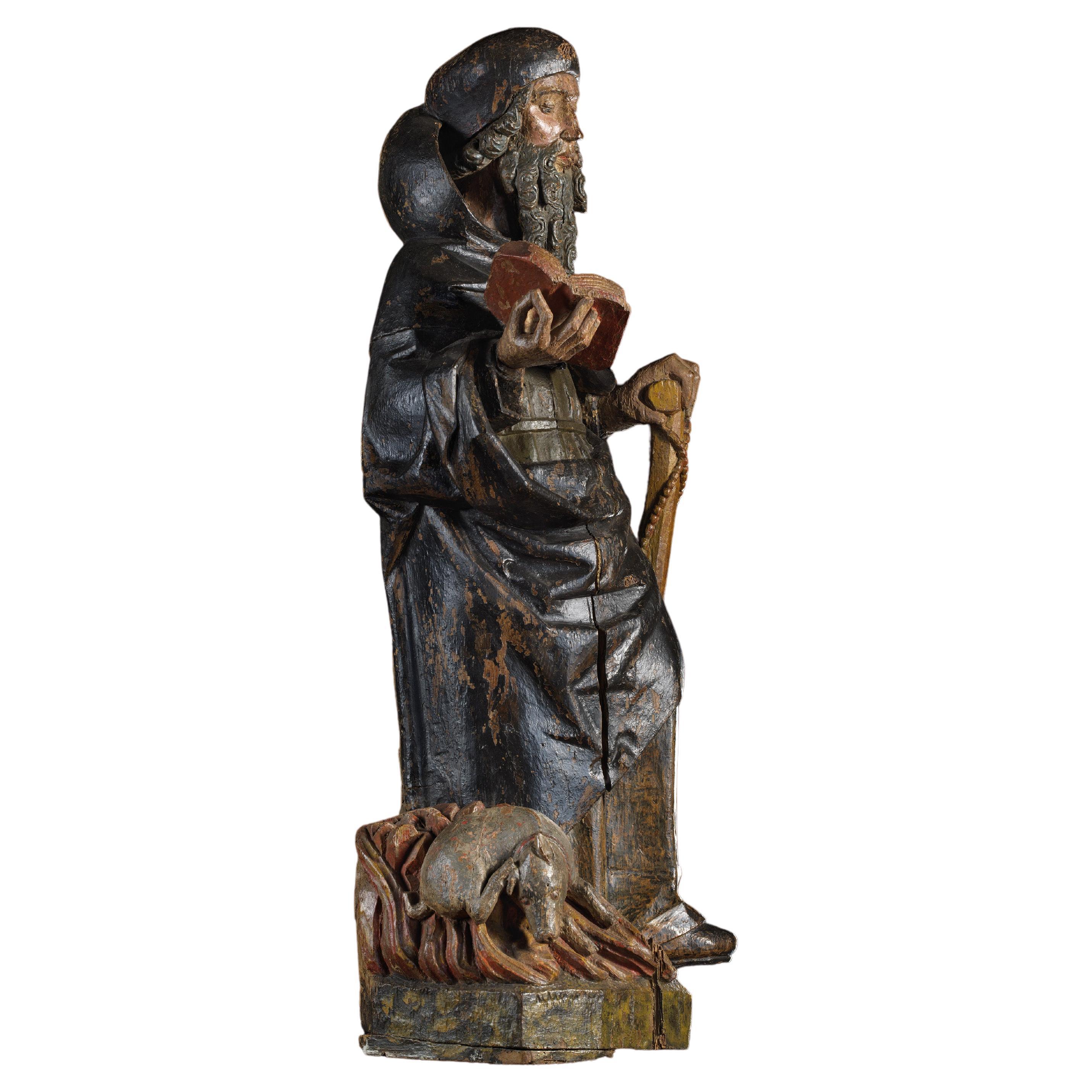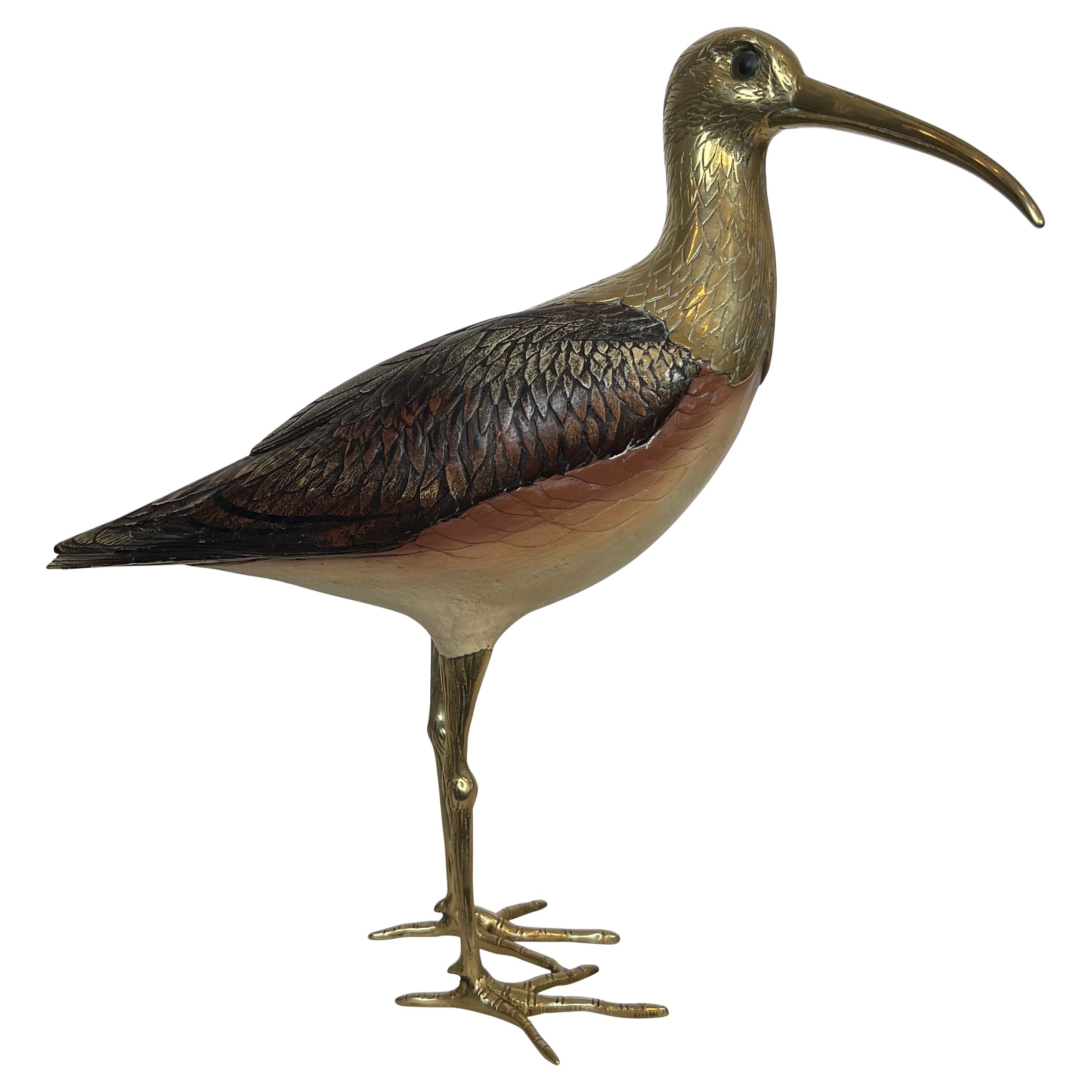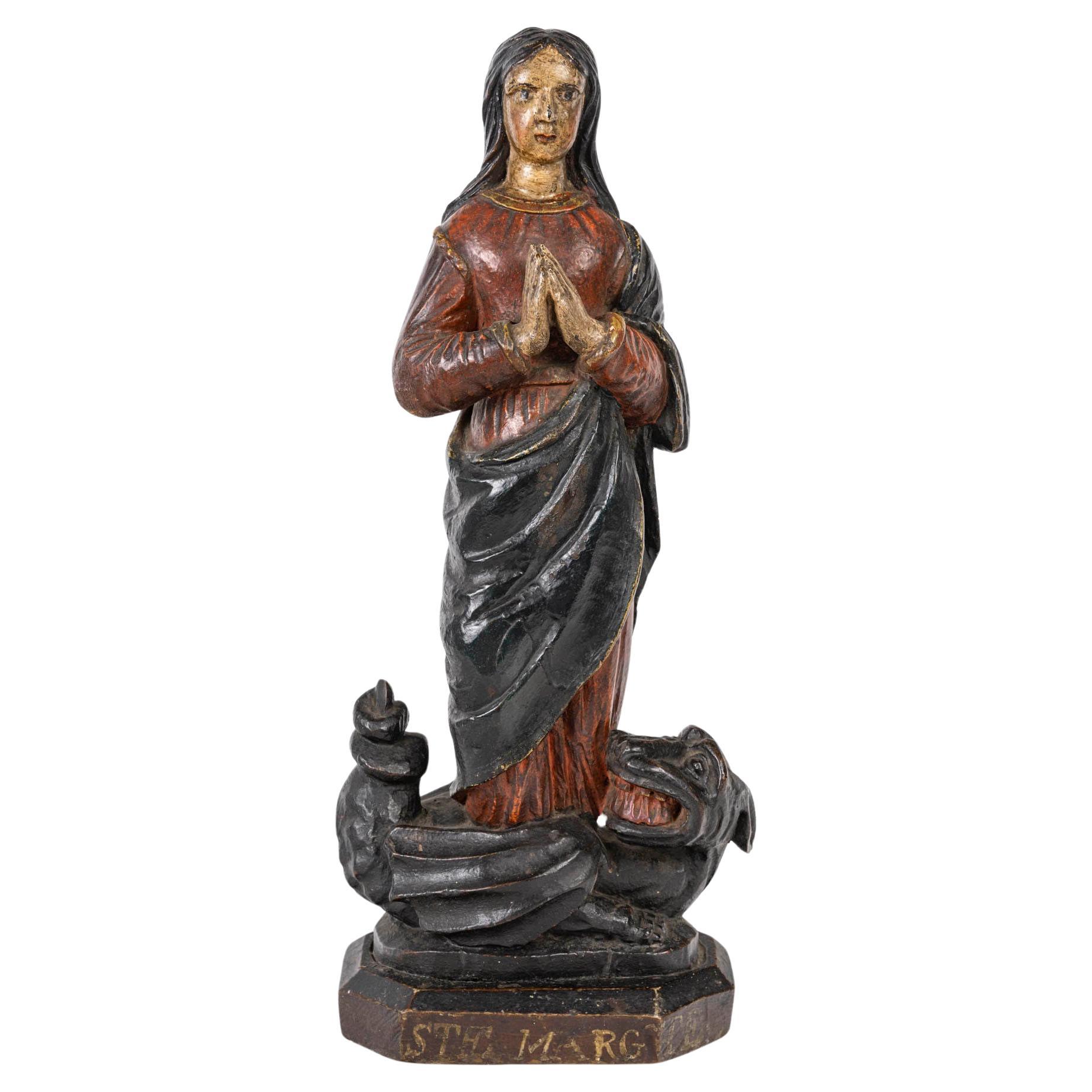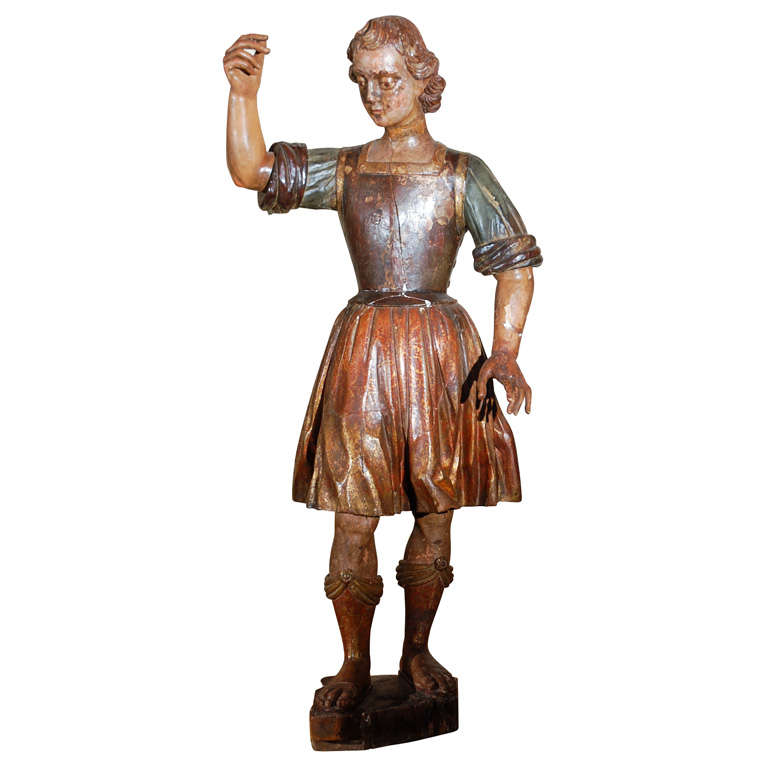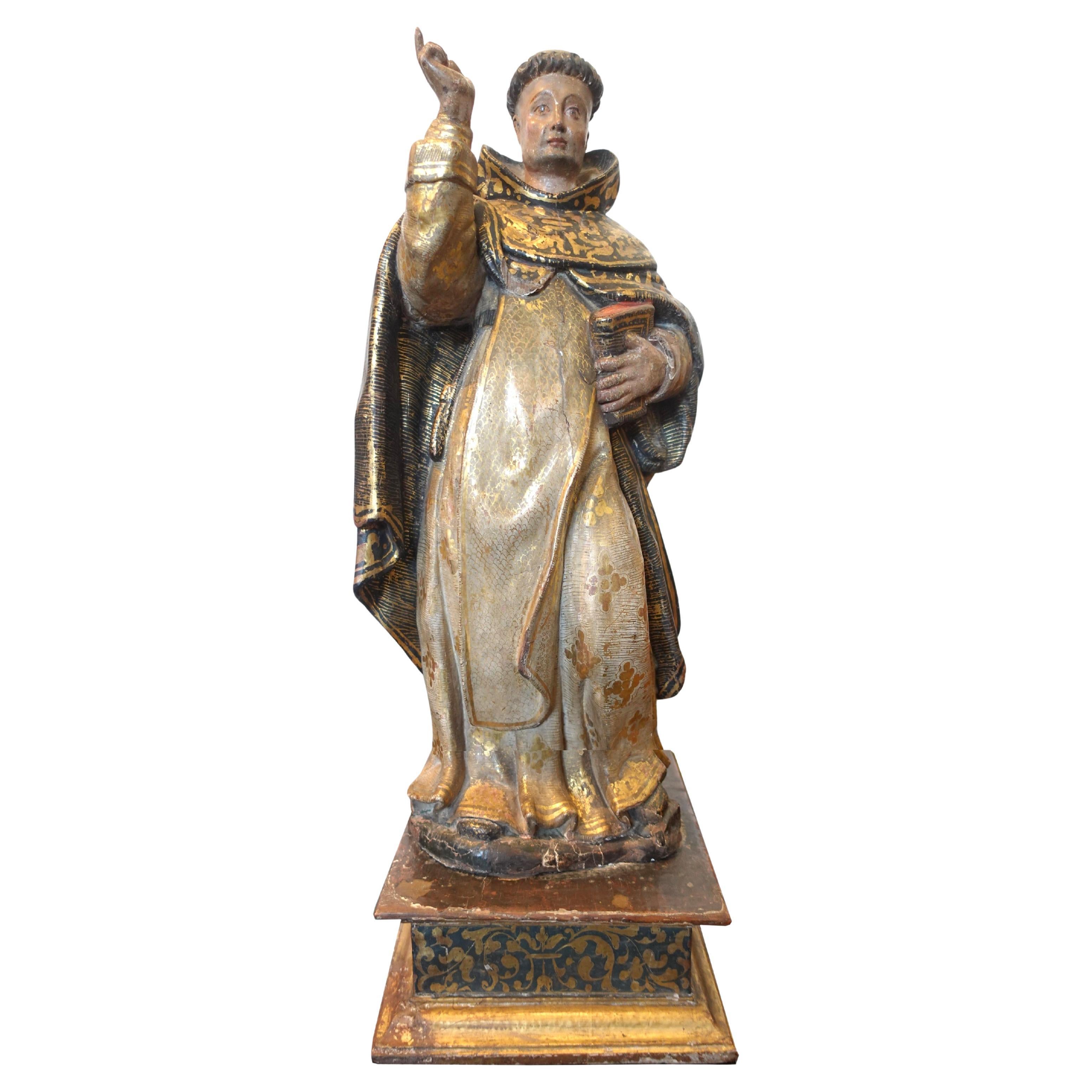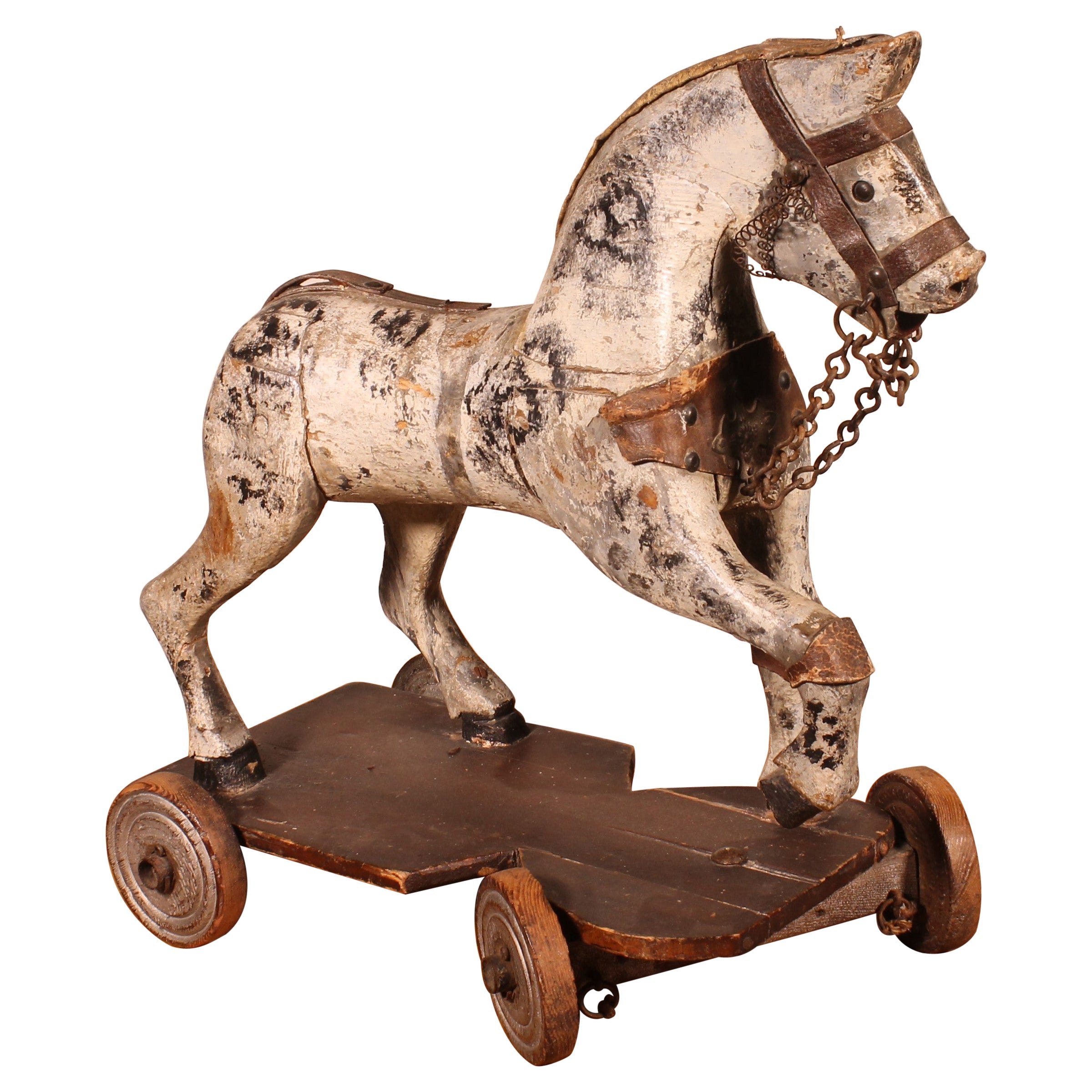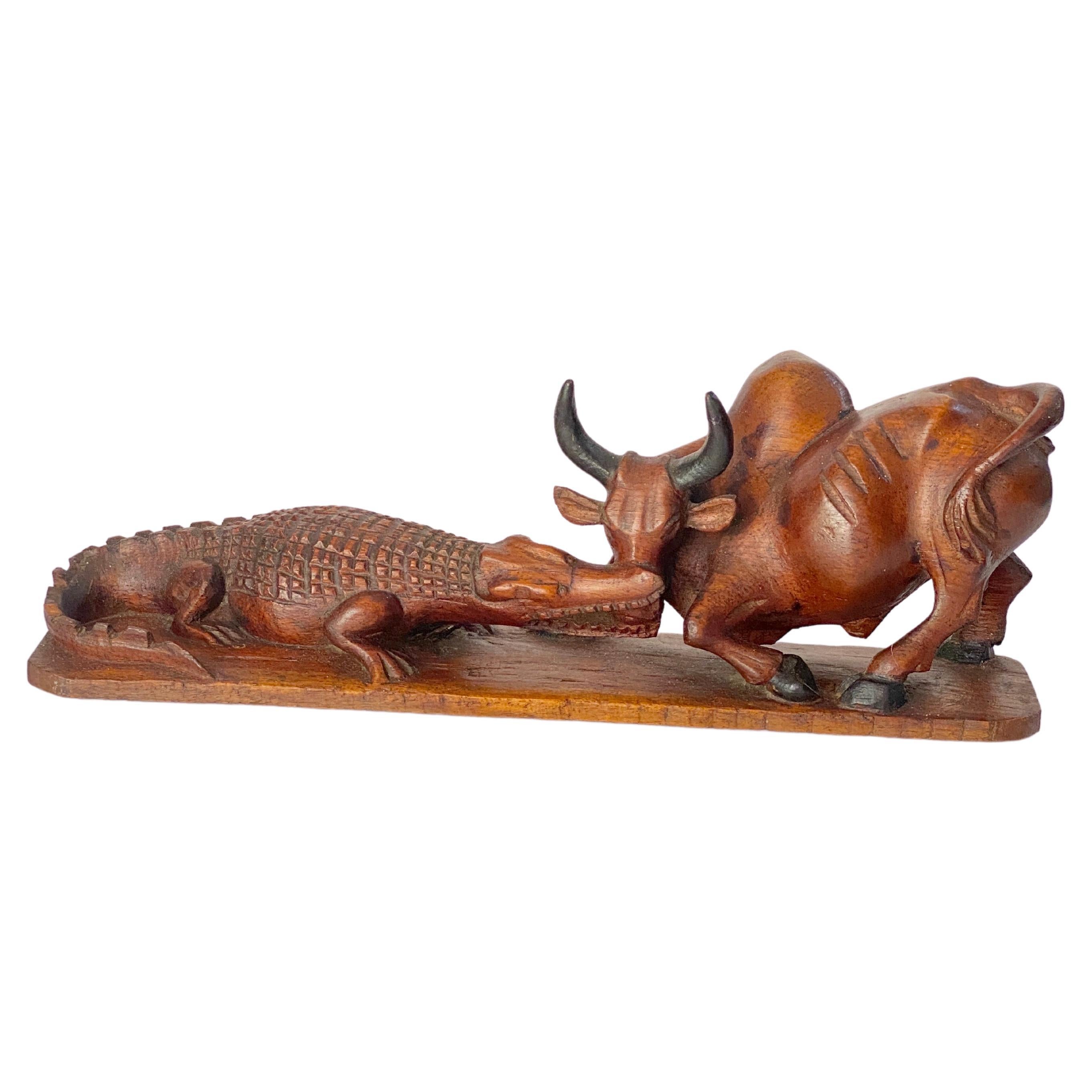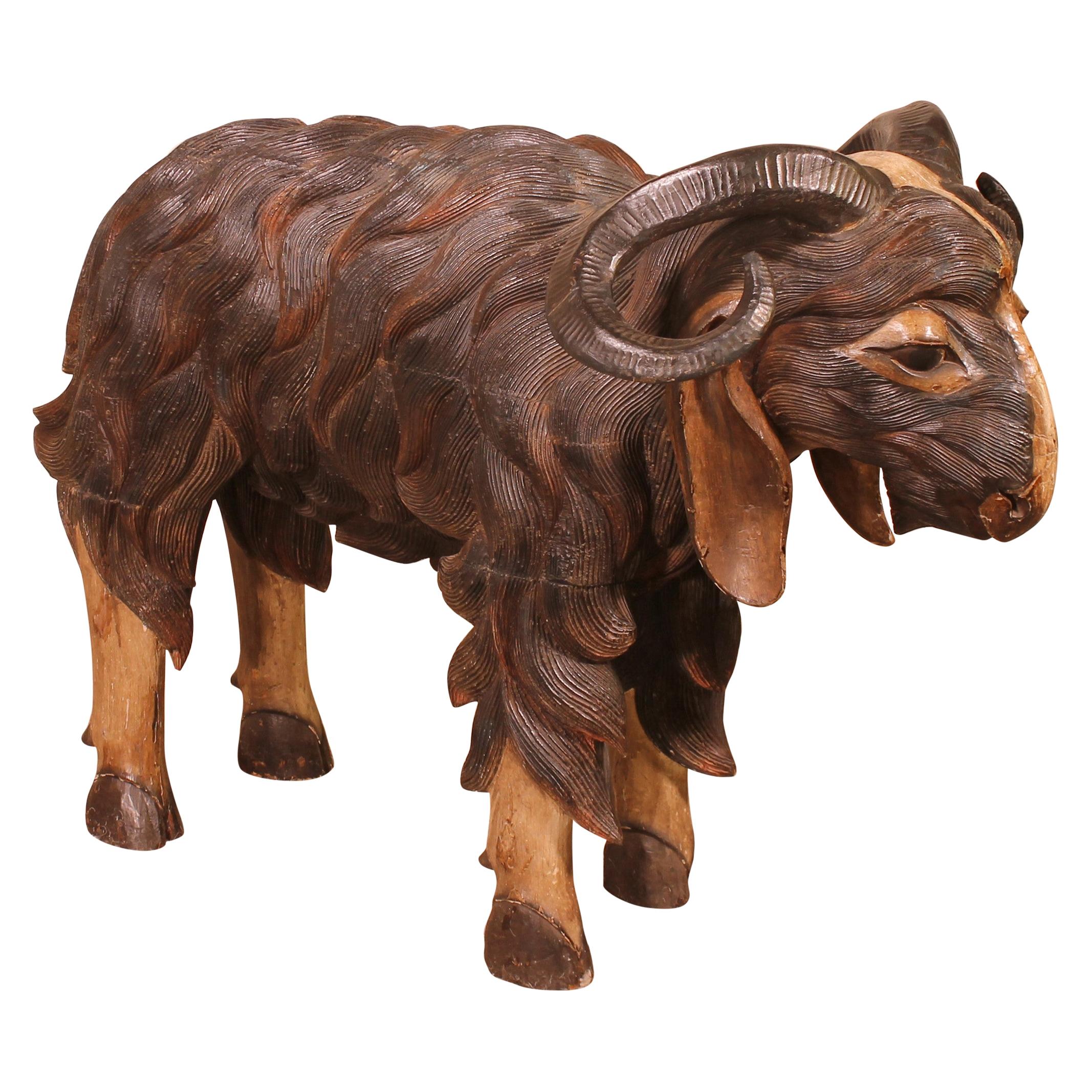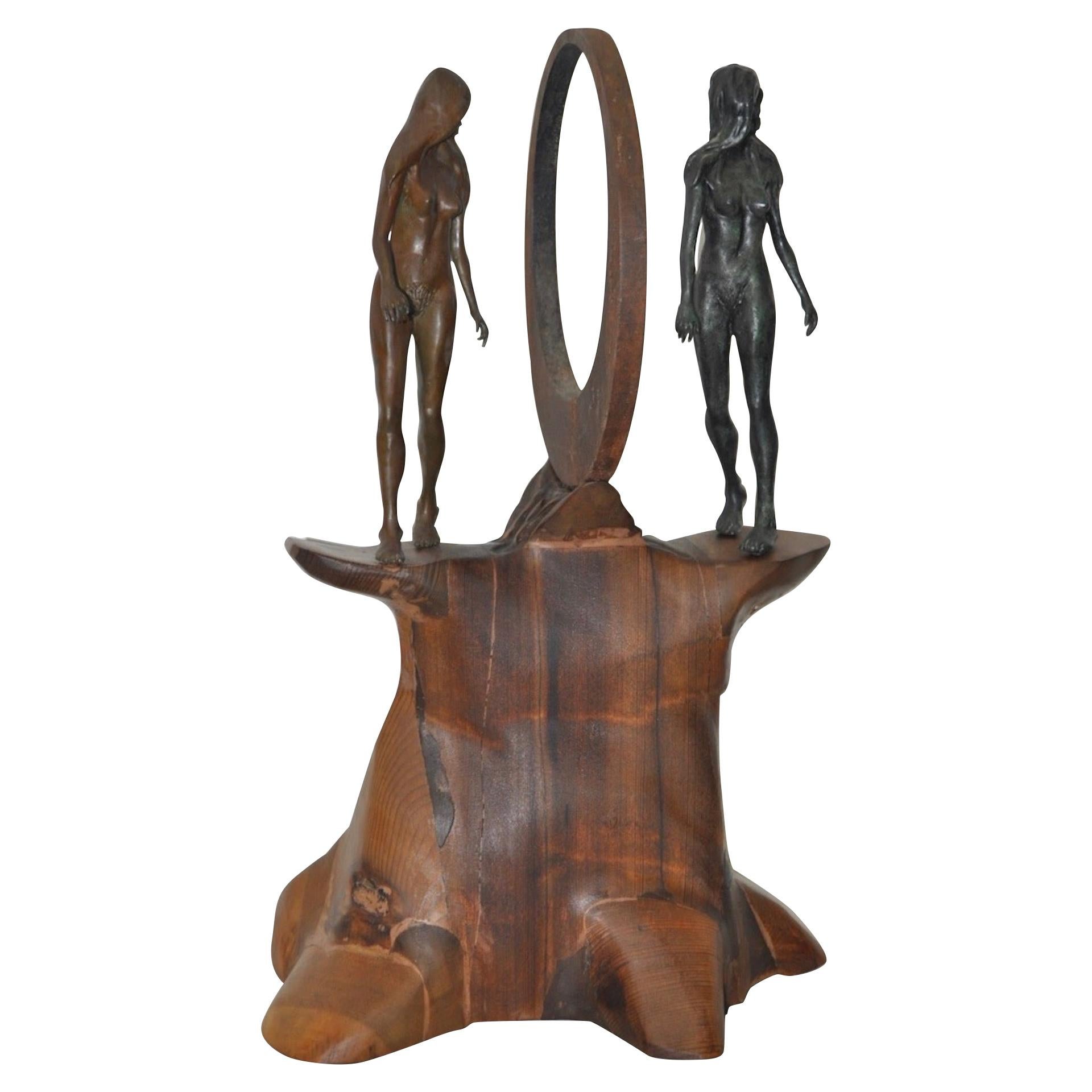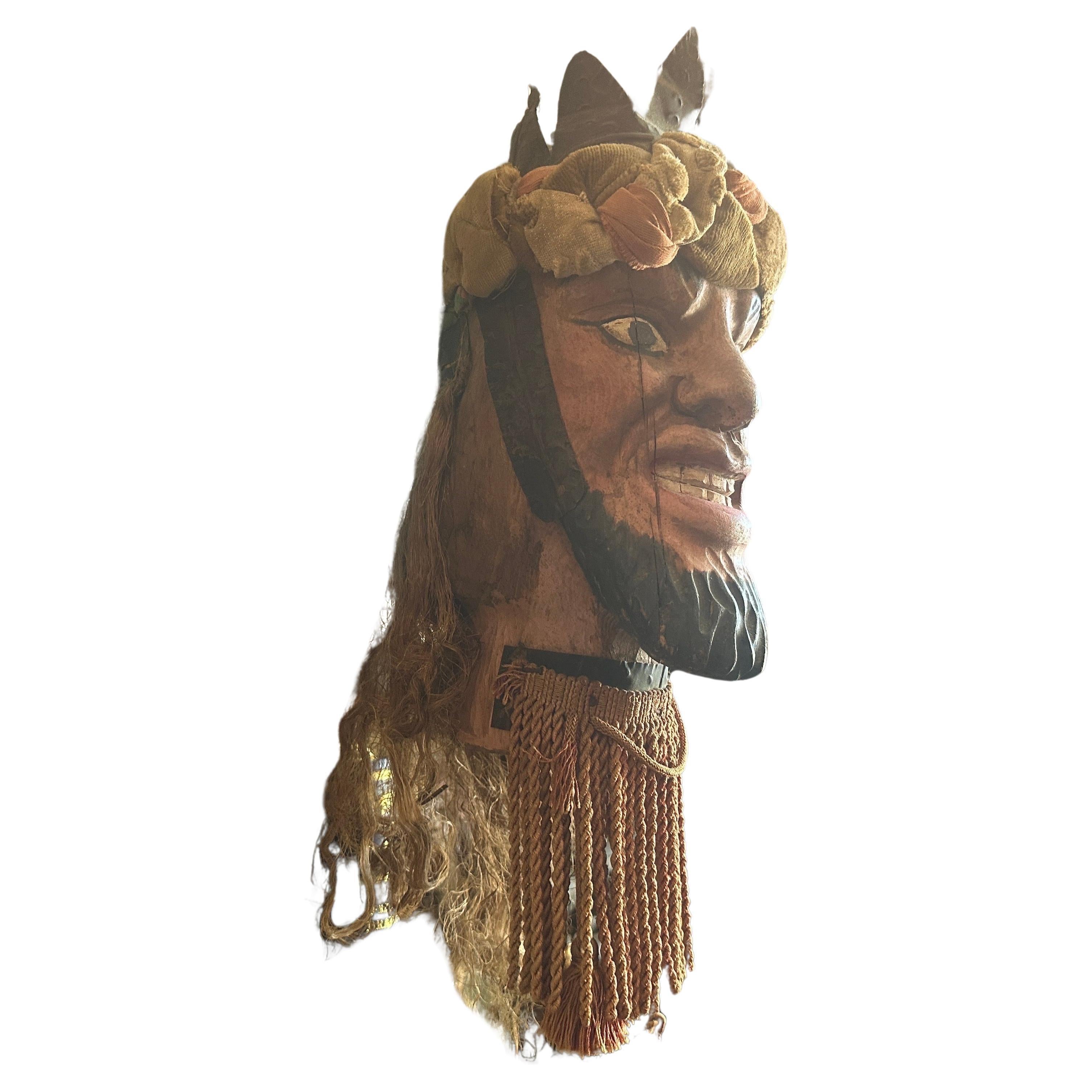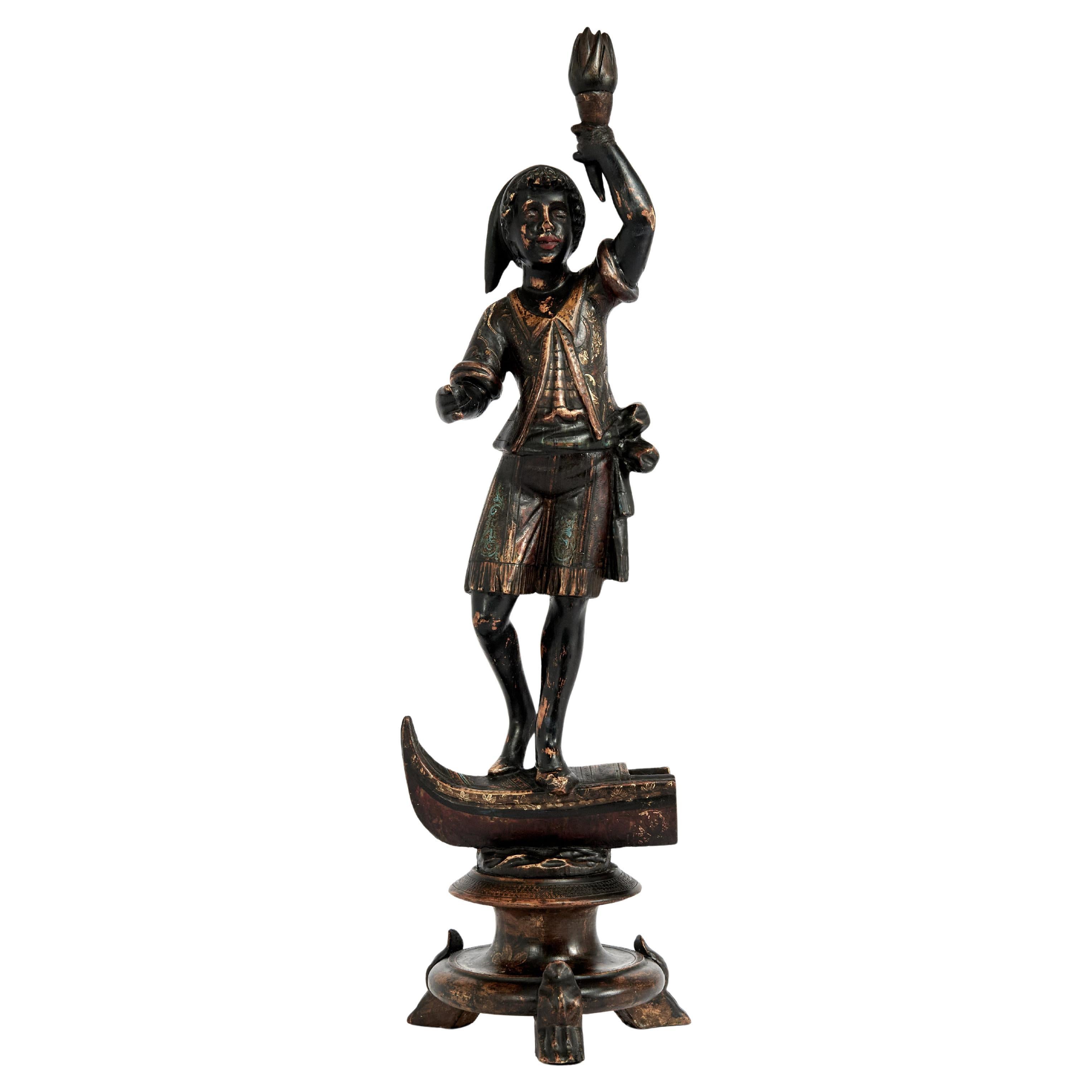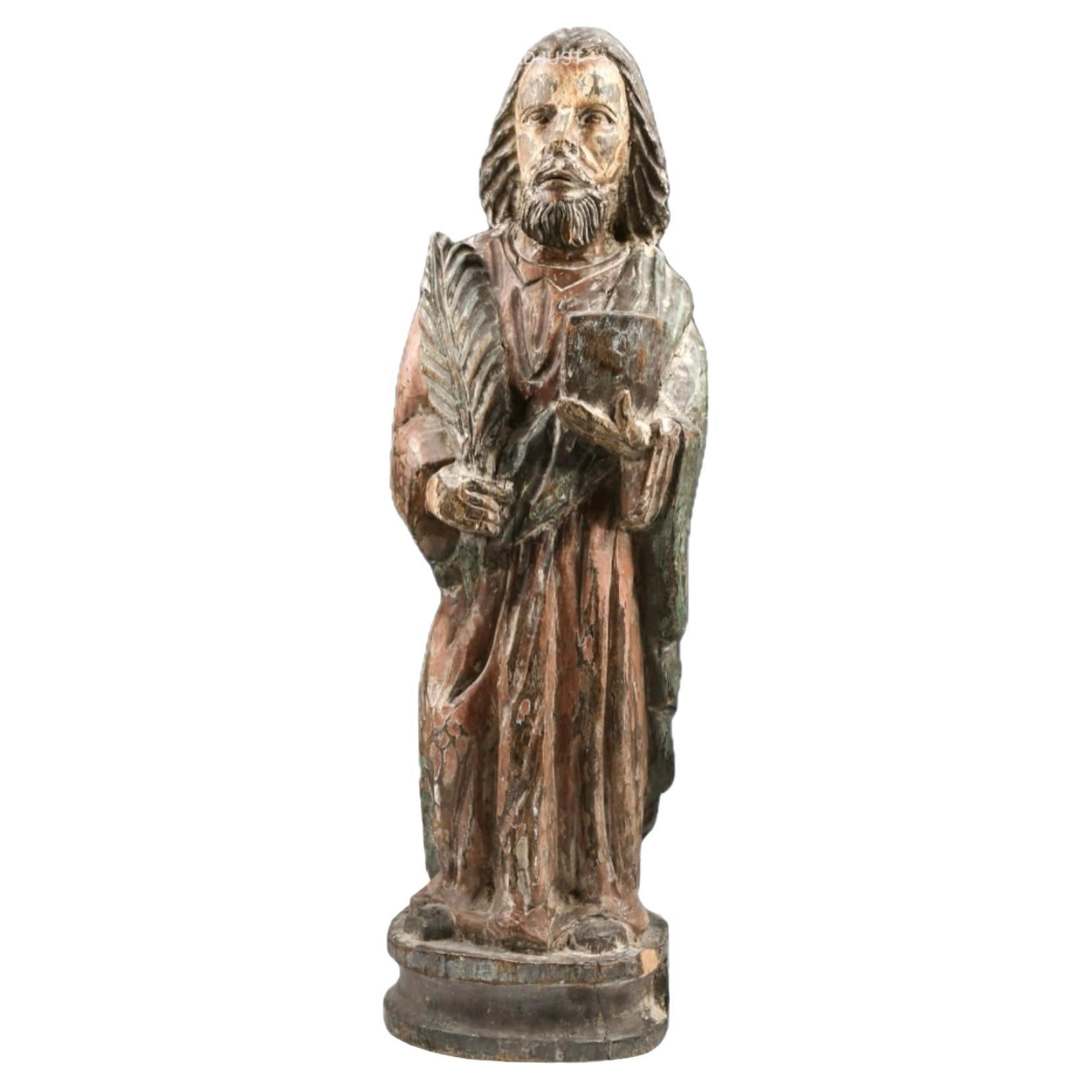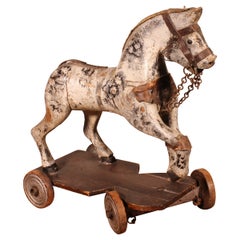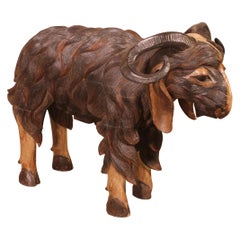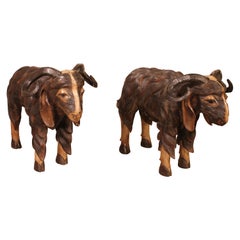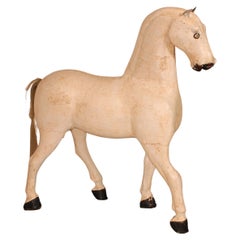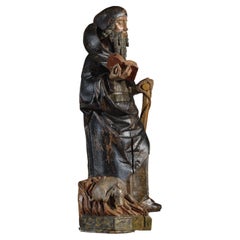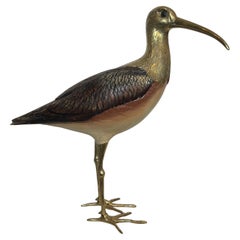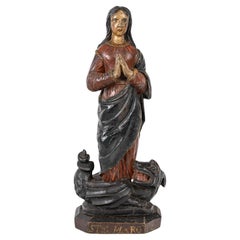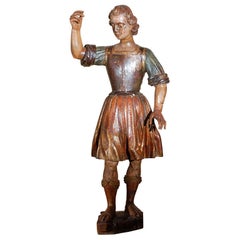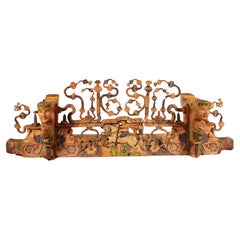
Sicilian Cart Axle Representing St George Polychrome Wood And Wrought Iron - 19t
View Similar Items
Want more images or videos?
Request additional images or videos from the seller
1 of 15
Sicilian Cart Axle Representing St George Polychrome Wood And Wrought Iron - 19t
Price:$1,552.06
About the Item
- Dimensions:Height: 14.18 in (36 cm)Width: 42.13 in (107 cm)Depth: 13.39 in (34 cm)
- Style:Aesthetic Movement (Of the Period)
- Materials and Techniques:
- Place of Origin:
- Period:
- Date of Manufacture:19 century
- Condition:Wear consistent with age and use.
- Seller Location:Brussels, BE
- Reference Number:1stDibs: LU4729241143462
About the Seller
4.9
Vetted Professional Seller
Every seller passes strict standards for authenticity and reliability
Established in 1988
1stDibs seller since 2019
167 sales on 1stDibs
Typical response time: 3 hours
Authenticity Guarantee
In the unlikely event there’s an issue with an item’s authenticity, contact us within 1 year for a full refund. DetailsMoney-Back Guarantee
If your item is not as described, is damaged in transit, or does not arrive, contact us within 7 days for a full refund. Details24-Hour Cancellation
You have a 24-hour grace period in which to reconsider your purchase, with no questions asked.Vetted Professional Sellers
Our world-class sellers must adhere to strict standards for service and quality, maintaining the integrity of our listings.Price-Match Guarantee
If you find that a seller listed the same item for a lower price elsewhere, we’ll match it.Trusted Global Delivery
Our best-in-class carrier network provides specialized shipping options worldwide, including custom delivery.More From This Seller
View All19th Century Polychrome Wooden Horse
Located in Brussels, Brussels
Elegant little carved wooden horse from the 19th century in polychrome wood
Very beautiful polychromy which has a lot of charm
Old child's toy with the front wheels which moves
...
Category
Antique 19th Century British Aesthetic Movement Toys and Dolls
Materials
Fruitwood
Scottish Ram in Polychrome Wood, 19th Century
Located in Brussels, Brussels
Superb polychrome carved wooden ram from Scotland-19th century
Very elegant and surprising ram which is almost carved at life size which comes from a Manor in Scotland.
Uncommon ...
Category
Antique 19th Century Scottish Folk Art Animal Sculptures
Materials
Hardwood
Pair of Scottish Ram in Polychrome Wood, 19 Century
Located in Brussels, Brussels
Superb pair of rams in polychrome carved wood from Scotland-19th century
Very elegant and unique pair of rams which are almost carved at life size which come from a Manor in Scotl...
Category
Antique 19th Century Scottish Folk Art Sculptures and Carvings
Materials
Hardwood
19th Century Polychrome Wooden Horse
Located in Brussels, Brussels
Elegant carved wooden horse from the 19th century in polychrome wood from England
Very beautiful movement which has a lot of charm
Beautiful patina
The dimensions include the bo...
Category
Antique 19th Century British Victorian Figurative Sculptures
Materials
Wood
Altarpiece Representing The Annunciation, North of Portugal, circa 1600
Located in Brussels, Brussels
Exceptional altarpiece representing the annunciation circa 1600, fruitwood
rare altarpiece from the North of Portugal, unique due to its large size representing the scene of the annunciation, where the Archangel Gabriel (represented on the bottom left), sent by god (represented on the top left) announces to Marie (bottom right) that she will give birth to Jesus.
Very good state of conservation, carved on three panels
Dimension: Height 1m51
Width 1m03
Very nice colour and exceptional dimensions
Restorations of use
We placed the altarpiece on a red velvet base and a Spanish occasional...
Category
Antique 17th Century Portuguese Renaissance Figurative Sculptures
Materials
Fruitwood
Large Console in Wrought Iron and Marble, 19th Century
Located in Brussels, Brussels
Superb large console of 2m22 in wrought iron topped with a gray marble
Very beautiful gray marble of 4 cm which is rare and gives a lot of character to the console with a beck of co...
Category
Antique Late 19th Century Belgian Napoleon III Console Tables
Materials
Wrought Iron
You May Also Like
Sculpture in Polychrome Wood Representing Saint Anthony Hermit
Located in Saint-Ouen, FR
Sculpture In Polychrome Wood Representing Saint Anthony Hermit
Origin : East of France
Period : End of the 15th century
Measures: Height : 97 cm
Width : 32 cm
Depth : 26 cm
Polychrome wood
The saint is represented by an old, bearded man, dressed in a hooded monk’s habit over the tunic of his religious order. He is stood upright, holding an open book, La Règle des Antonnites, in his right hand. In the other hand, he is holding a staff in the form of the Greek letter tau with a rosary hanging down over it. At his feet lies a pig wearing a small bell around its neck.
He rests on his right leg, whilst the left advances forward as if he were about to start walking. His belted tunic, forming several rectilinear pleats, is covered by a habit which is open only at the waist, therefore revealing these pleats. He is also wearing a hooded scapular over his shoulders.
His thick hair escapes from under a distinctive hat, forming a collection of finely sculpted ringlets. This fine detail is also applied to the four long ringlets of his superb beard, which sit just below the shorter ones of his moustache.
His face is a picture of harmony, with lowered eyes and his small mouth lost amongst the abundance of hair.
At his feet on a pedestal of flames, hinting to the fire of Saint Anthony no doubt, a pig trying to scratch its ear.
Born in 251 in Upper Egypt, he withdrew into solitude at a very young age. He would have been plagued in the desert with extremely diabolical temptations.
He payed a visit to Saint Paul the hermit towards the end of his life. He was the dean of the Thébaïde anchorites, who was miraculously fed by a crow. On the day that Saint Anthony visited, the crow brought two portions of bread in its beak instead of one.
Some time after, having learnt of the death of his venerable brother, Saint Anthony went to bury him with the help of two lions.
The King of Catalonia pleaded to come and exorcise his posessed wife and children. He left Thébaïde for Barcelona. He appeared at the house of the provost André, bringing him a sow in his mouth, a monstrous piglet born without eyes. André wanted to kill it but Anthony stopped him, telling him that the poor beast wanted to ask for healing, as the King had done for his offspring.
He made a sign of the cross on the piglet and it suddenly acquired its sight and the members which it did not have at birth. After which, André, guided by Saint Anthony, exorcised the Queen of Catalonia in the same way whilst she knelt at his feet.
Théophile discovered the body of Saint Anthony wrapped in a palm fibre tunic which he had been given by Saint Paul the Hermit.
In the Red Sea Desert there are two Coptic, IV century, monasteries which stand next to each other, one dedicated to Saint Anthony, the other to Saint Paul the Hermit. They are the oldest monasteries in the Christian world.
The body of the famous hermit was transported to Constantinople and would have been transferred into the abbaye, Saint Antoine-en-Viennois, Dauphine.
The Antonnite Order was a charitable order which specialised in treating contagious diseases. The fire of Saint Anthony, was identified by doctors as a grangrenous ergotism, caused by a diet of rye bread contaminated with the parasite ergot. The effect of this is the drying out of hands and feet which then need amputation, the plague and then later syphilis. All the skin diseases came from Saint Anthony.
Saint Anthony’s pilgrimage to Dauphine rivaled that of Saint Jacques to Compostela. Thanks to the various commanderies created by the mother house, Saint Anthony’s cult spread throughout Christianity.
In order to maintain commanderies and their hospitals, the Antonnites resorted to pig farming. They enjoyed having the benefit of letting their pigs roam freely through the streets of the villages, with little bells round their necks that had a recognisable chime so that they were able to find them. This privilege was very envied by other monastic Orders.
Saint Anthony was the patron saint of several crafts such as basket makers and gravediggers.
However it is to the pig that he owes the majority of his patronages; pigkeepers, pig sellers, butchers, porc butchers, brush makers who use pig bristle and bell-ringers because of the pig bells...
Category
Antique 15th Century and Earlier Figurative Sculptures
Materials
Wood
Sculpture representing a bird in polychrome wood and brass. Signed Italian work
Located in Marcq-en-Barœul, Hauts-de-France
This very nice and fine sculpture representing a bird is made of polychrome wood and chiseled brass. This an Italian work, Signed . Circa 1970
Category
Vintage 1970s French Mid-Century Modern Animal Sculptures
Materials
Brass
$1,587 Sale Price
30% Off
Sculpture in Polychrome Wood Representing Saint Marguerite, 18th Century.
Located in Saint-Ouen, FR
Sculpture in polychrome wood representing Saint Marguerite, 18th century.
Sculpture of Saint Marguerite in carved wood and polychrome wood, France, 18th century.
H: 54cm, W: 22cm, D...
Category
Antique 18th Century French Classical Roman Figurative Sculptures
Materials
Wood
Venetian, Wood Statue of St. George
Located in Los Angeles, CA
Hand-carved and hand-painted wood statue of St. George with polychrome and delicate, gilded lacework.
Category
Antique 18th Century and Earlier Italian Statues
Materials
Wood, Paint
Exquisite Polychrome Spanish santo wood sculpture of St. Dominic
Located in Leesburg, VA
Exquisite Polychrome Spanish santo wood sculpture of St. Dominic
Anonymous
ca. 1700; Spain or the Spanish Americas
Polychrome wood
Approximate ...
Category
Antique Early 1700s Spanish Baroque Figurative Sculptures
Materials
Wood, Paint
Wood Sculpture Representing a Crocodile and a Bull Fighting, in Wood France 1930
Located in Auribeau sur Siagne, FR
Wood Sculpture representing a Crocodile and a bull fighting. The item is in Wood, with an old Patina, in Brown color. It has been made in France circa 1930.
Category
Vintage 1930s French Animal Sculptures
Materials
Wood
$429 Sale Price
20% Off
Recently Viewed
View AllMore Ways To Browse
19th Century St George Dragon
Sicilian Cart
Sicilian Cart Wood
Nude Pottery
Silver Statue Art Deco
Athena Bronze
Bronze African Head
Hermes God
Lucite Figure
Metal Sculpture Warriors
Plaque Nude
Stump Work
Three Graces Sculpture
Torso Statue
16th Century Cast Bronze
Antique French Wood Statues
Antique Water Carrier
Arts and Crafts Iron Chairs
